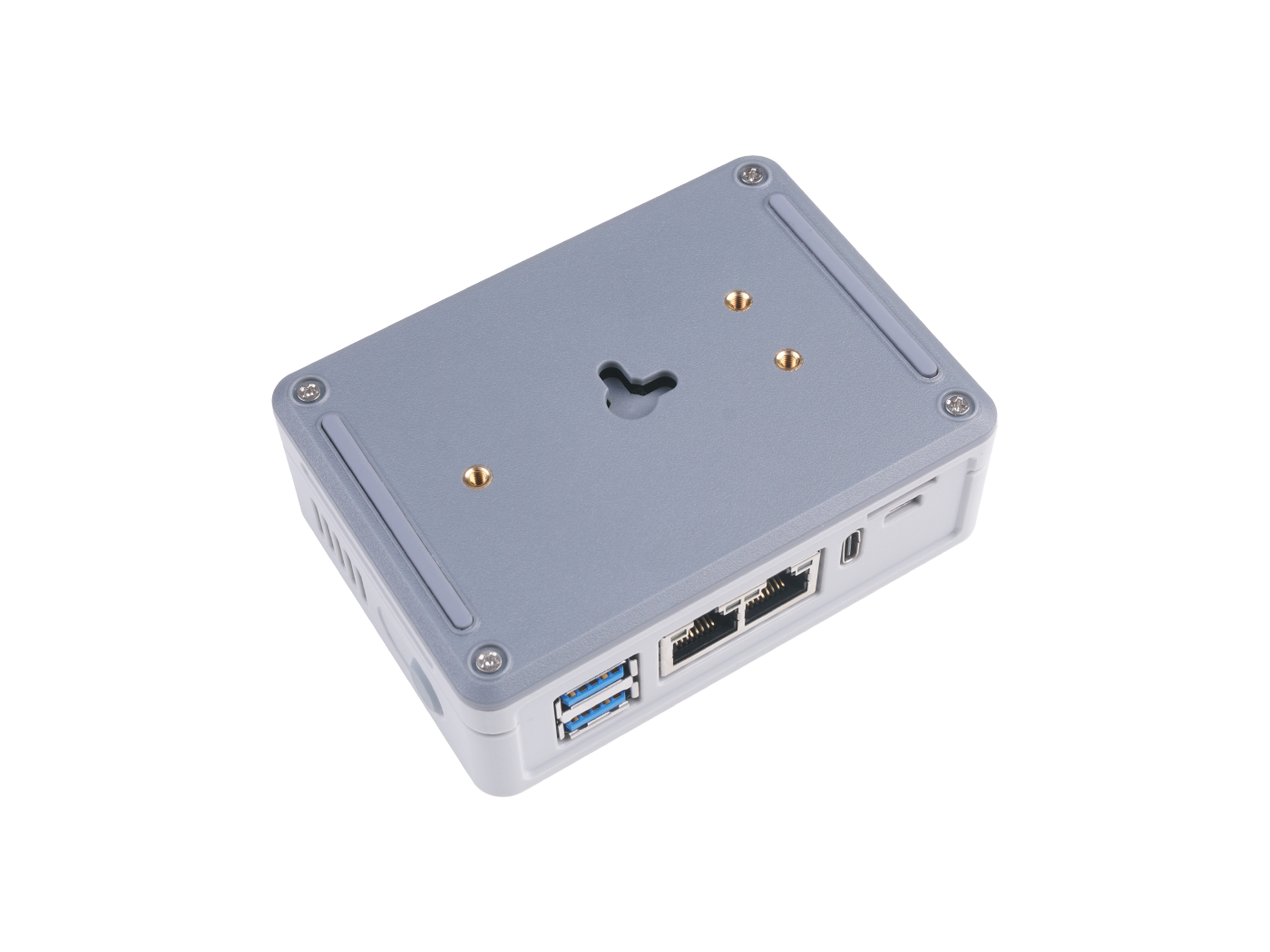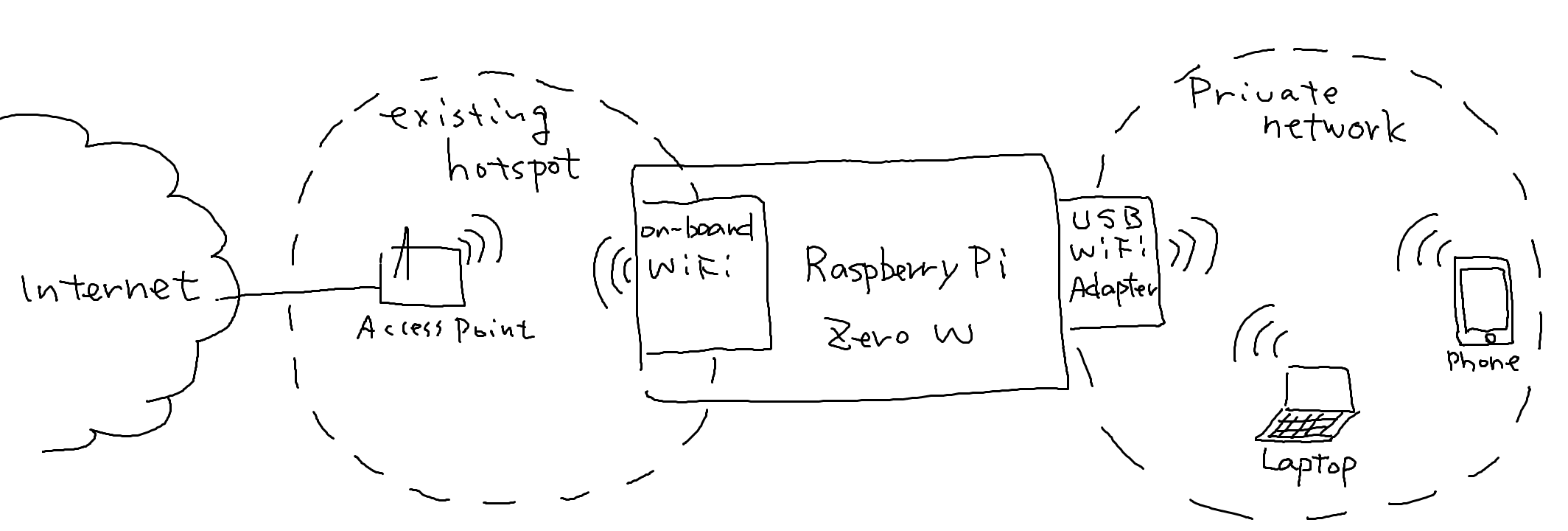

- Speedify raspberry pi router install#
- Speedify raspberry pi router 64 Bit#
- Speedify raspberry pi router update#
- Speedify raspberry pi router full#
Speedify raspberry pi router 64 Bit#
These distributions are supported on both 32-bit and 64-bit ARM processors, and on 64 bit AMD/Intel processors.
Speedify raspberry pi router install#
The Speedify software is distributed via a repository server, which means that it integrates with the package management tools that are built into your Debian/Ubuntu/Raspberry Pi OS-based distribution and will install the correct software depending on the environment. Installing Speedify on Ubuntu and Raspberry Pi OS is easy! First, if you don't have one already, get started by purchasing an Unlimited Speedify plan from the Speedify Store.
Speedify raspberry pi router update#
Note: If you already have Speedify installed on Linux and want to update to the latest version, please see the update instructions. In other words, each individual connection can’t go faster than before, but the overall throughput increases because (if the algorithm is implemented properly) the connections will be equally divided among all of the bonded links.How do I install Speedify on Linux (Ubuntu and Raspberry Pi OS)? For example, if you load a web page with a lot of content, each element (HTML file, script file, image, etc.) will load using its own TCP connection.Īnd, of course, if you’re running multiple apps and/or have multiple users sharing the network connection, each app will have its own set of TCP connections. This still speeds up the network experience because typical systems use dozens (if not hundreds) of simultaneous connections. So, the system will take steps to ensure that each TCP connection uses exactly one link, no matter how many you have. TCP responds to out-of-order packet reception by assuming it was due to network congestion and slows down all data transfer. When bonding multiple network links, you never want to split a single TCP connection across multiple links because that will result in the packets arriving at their destinations out-of-sequence (since different connections will have different speeds and latencies). If I have a 5G base station with nominal 1000 Mbps download speed and I Speedify it with, say, two 4G mobile phones, I wonder how much – if at all – the network response would really be improved. They say their Speed Server ‘intelligently divide your internet traffic and deliver the combined speed of all available internet connections.’ Combined speed? I think this is misleading. You increase the amperage of the current but the voltage is still the same. Thinking of it another way, their system looks like connecting batteries in a parallel circuit. They don’t say anything about the speed limit on that road. But, in fact, adding more lanes really only means that you can move more traffic.

If you add more lanes, they say, the traffic can move faster. If you have a one-lane road and it gets busy, all traffic on that road slows down. In explaining how their product works, they give the analogy of a highway. Thanks for this link, ACE it looks interesting. And you pay quite a bit for this capability. So each port can (for example) belong to a completely separate IP subnet with independent sets of forwarding/filtering/security tables. This is in contrast with enterprise routers where each physical port corresponds to a port on the router chip(s). If you have more than one physical LAN port, there is almost always a dumb Ethernet switch used to fan-out that one port to multiple connectors. They use 2-port router chips - one LAN port and one WAN port (and maybe a third port for a Wi-Fi access point). I say 2-port consumer devices, because very few consumer routers have more than that. Which is very important if your have gigabit (or faster) service from your ISP.
Speedify raspberry pi router full#
Purpose-built routers (whether cheap 2-port consumer devices or more expensive enterprise devices) have hardware-forwarding chips that are designed to be able to keep up with the full line rate of all the ports. No disagreement with anything here, but you should be aware that software-based packet forwarding (especially on a microcontroller-based system like a Raspberry Pi) is unlikely to be able to keep up with full line-rate of a gigabit Ethernet interface.


 0 kommentar(er)
0 kommentar(er)
